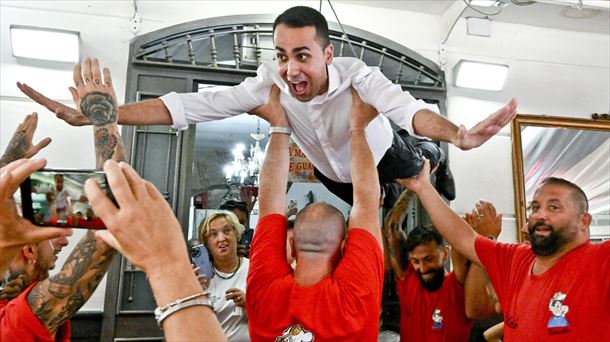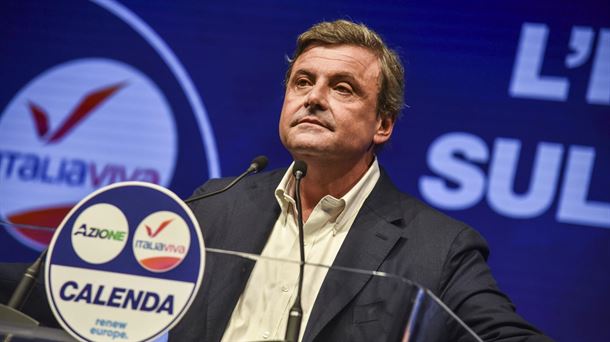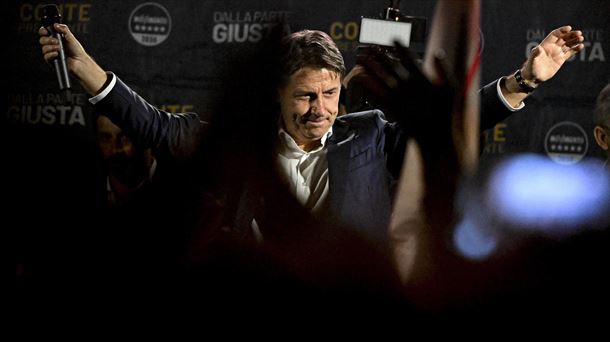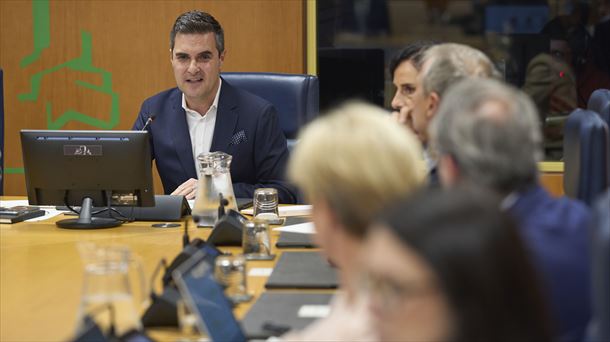The polls put the right-wing bloc ahead, with Giorgia Meloni’s far-right Brothers of Italy as favorites in voting intentions.
Italians will be called to the polls on September 25 to determine the composition of the two chambers of Parliament.
The reduction of seats will be one of the keys to this event, which will repeat the electoral system already launched in the 2018 elections.
What’s in the game?
A referendum in September 2020 approved a constitutional reform, reducing the number of seats in the Chamber of Deputies from 630 to 400. The number of senators appointed by popular vote was also reduced from 315 to 200.
The Constitution stipulates that the renewal of the chambers must take place every five years, but in practice reaching the theoretical end of the term depends on the stability of the government. The last elections took place in 2018.
All citizens over the age of 18 have the right to vote, although until 2021 the threshold for elections to the Senate was 25 years. To present a candidacy for Congress, one must have reached the age of 25, while only persons over the age of 40 can be a senator.
Matteo Salvini, Silvio Berlusconi and Giorgia Meloni in an election act of the right-wing bloc. Photo: EFE
How are legislators elected?
Italy premiered in the 2018 elections, dubbed the electoral system ‘Rosatellum’, in honor of the Democratic Party deputy who proposed the reform, Eltore Rosato. It establishes a dual system of seat distribution and, theoretically, promotes the implantation of blocs and the parties with the greatest territorial expansion.
36% of the seats are distributed through a system of single-member constituencies, with the candidate with the highest number of votes winning the seat. This formula will serve to distribute 147 seats in the Chamber of Deputies and 74 in the Senate.
Another 61% of legislators – 245 deputies and 122 senators – are appointed on a proportional list system, with between one and eight seats per constituency, depending on their population.
The regulation reserves 2% of the seats – eight in the Chamber of Deputies and four in the Senate – for Italians living abroad, also through a proportional system of party lists.
The final distribution takes into account a series of minimum thresholds, such that the parties that present themselves only and do not obtain a minimum of 3% of the votes at the national level, do not receive any seats. Obtaining 20% of the votes in a region has been established as an exception in the Senate.
For coalitions, the minimum threshold is raised to 10%.

Enrico Letta at a center-left campaign rally. Photo: EFE

Luigi Di Maio (Civic Engagement), also from the center-left bloc. Photo: EFE
Who will show up?
The polls put the right-wing bloc ahead, with Italy’s far-right Brothers of Italy Giorgia Melonic as favorites in voting intent. Meloni aims to be the first woman to lead an Italian government with the support of the League of Matteo Salvinic and the Forza Italia from Silvio Berlusconic.
The other alliance of options leans towards the center left and is led by the Democratic Party (PD) of Enrico Lettathat aspired to a large Left Front and finally had to make do with Green Europe, the Italian Left and Civic Involvement – the latter created by Luigi di Maio–.
The Five Star Movement (M5S), led by Giuseppe Conteaand the third pole that make up the matches Matthew Renzi (Living Italy) and Carlo Calenda (Action) observe this conflict between the two major blocs in the hope that their support could be the key to forming a government.

Matteo Renzi (Living Italy) of the Third Pole. Photo: EFE

Carlo Calenda (Action), also from the third pole. Photo: EFE
When will there be a government?
The new parliament will be formed on October 13, and while contacts between the parties are expected to have already started by then, it will not be until after that date when the President of Italy, Sergio Mattarella, begins consultations with a view to the assignment of government formation.
Mattarella is free to name and, as Italy’s recent history has made clear, he need not top the list of the party with the highest number of votes. He doesn’t even have to be a member of the Chamber of Deputies, in case the lack of agreement leads to him once again having to resort to an outside figure.

Giuseppe Conte of the 5 Star Movement (M5S). Photo: EFE
(function(d, s, id) {
var js, fjs = d.getElementsByTagName(s)[0];
if (d.getElementById(id)) return;
js = d.createElement(s); js.id = id;
js.src = “//connect.facebook.net/es_ES/sdk.js#xfbml=1&version=v2.8”;
fjs.parentNode.insertBefore(js, fjs);
}(document, ‘script’, ‘facebook-jssdk’));
Source: EITB
I’m Wayne Wickman, a professional journalist and author for Today Times Live. My specialty is covering global news and current events, offering readers a unique perspective on the world’s most pressing issues. I’m passionate about storytelling and helping people stay informed on the goings-on of our planet.



